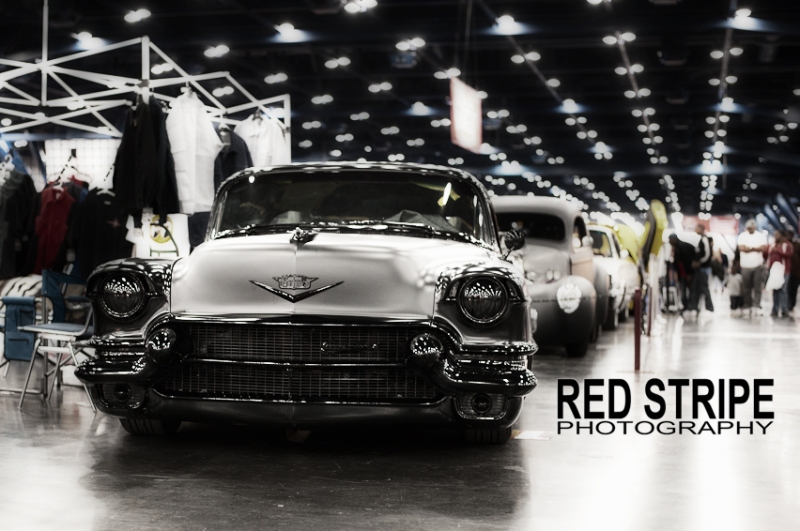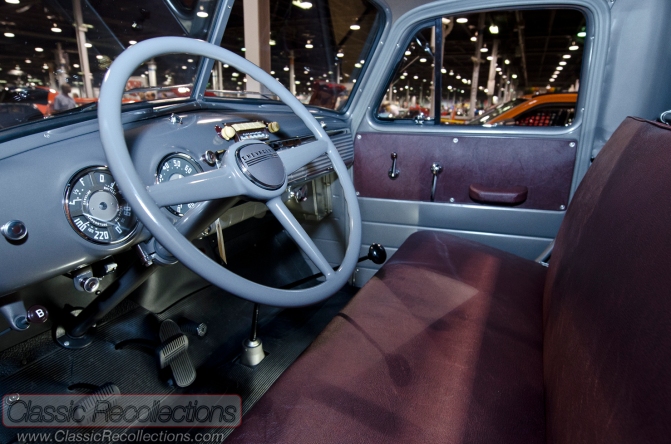
Here is another drive by. As you know these are in fact drive by – but shooting with a camera!!!!
We saw this on near down town Tucson, Az.


She needs a little work but it seems the owner drives it. I love the suicide door and the 9 windows!!
The Chrysler Royal was an automobile produced by the Chrysler division of the Chrysler Corporation between 1937 to 1942 and 1946 to 1950. The Royal represented the entry-level Chrysler during its production,[1] making it the most affordable Chrysler model. The Royal was replaced at the end of 1950 model year by the Chrysler Windsor.
Own one of these? Drop me a note.
Thanks for reading.
Tim
Lacking updates of late for good reason.
It’s strange thinking that if I don’t post photos, it feels like i don’t shoot……Having the style and aesthetic of a photojournalist/documentary photographer, the process really isn’t finished until I share with like-minded people.
Over the last month I have purchased and currently importing my future wife…….a 53 Belair Hardtop
POTD – Steven King’s Christine.
http://redstripeadventure.wordpress.com/2012/11/29/potd-steven-kings-christine/

Additional update:
According to The Standard Catalog of American Motors 1902-1987, the AMC V8 was introduced on March 5 (1956) in a new model called the Hornet Special. It displaced 250 cu. in. The 2 V8 engines were sold side-by-side until October 25, when the 1957 models were introduced. The 1957 cars, all of which were called "Hornets", came _only_ with the 327 cu. in. AMC V8 (the Hudson and Nash 6 cylinder engines were no longer available). *************** There may also be other replies, but you will not receive any more notifications until you visit the forum again. All the best, AACA Forums
From over on Antique Automobile Club of America.
http://forums.aaca.org/f169/engine-line-up-1956-hudson-part-340657.html#post1104154
Kevin wrote:
Quote Originally Posted by misterc9 View Post
AMC bought V8 engines and automatic transmissions from Packard. They installed them in Nash and Hudson cars in 55 and 56. Their own AMC V8 was ready for 57 so I think they only used their own engines from 57 on.
Kevin

56 Hornet
Thanks Kevin.
Tim
I need to finish this one up so here are the V8 offerings for the 1956 Hudson.
Interesting enough one was called the Packard Eight and the other was the Hornet Special Eight.
The Hornet Special Eight was a V8 with overhead valves. It was a cast iron block that displaced 250 cubic inches. The bore and stroke were 3.50″ x 3.25″ and a compression ratio of 8.0:1 helped produce about 190 hp. This was topped by a Carter WGD two barrel carb (Model 235S).
The Packard Eight, was it the really a Packard engine?
What I do know is that the Hudson engine was a V8 with overhead valves and cast iron block. It sported a bore and stroke of 4″ x 3.50 (which means the bore was half an inch larger than the Special and the stroke was quarter of an inch larger. This upped the compression ratio to 9.5:1 and displacement up to 352 cid. Topped with a Carter carb WGD two barrel (Model 2231SA it produced 220 hp.
But was it a Packard engine?
It may have been. In 1955 Packard powered some of its models with what they called the Clipper Custom or the Packard Line V8 (up until that date any Packard 8 cylinder was an L head). This engine had the same bore and stroke, compression and displacement (352). It had more horse power but that was more likely attributed to the 4 barrel Carter carbs that were used (models 2232S or 2284S). Packard also used Rochester Type 4GC four barrel carbs on some of the models. So I can’t conclude for certain that it was the same engine, but I believe it was. I’ll see if I can find the answer with more research.

56 Hornet
Thanks for reading.
Tim
MCACN: 1952 Chevrolet 3600 Pickup Truck.

To seem more follow the link above to Classic Recollections.
I love the painted dash on this 52 pickup.
Thanks for reading.
Tim
BRIGHT HOT ROD RUN 2012 SATURDAY.

I reblog this site all the time. Love the photography!!
http://crcooperphotography.wordpress.com/2012/11/18/bright-hot-rod-run-2012-saturday/
Tim
Think there was much of a choice of engines back in 1956? Well there were a few for the 1956 Hudson.
As was custom back in the 40’s and 50’s, the engines were often named similar to the model of the car they powered. For the 1956 Hudson, the company had the Hudson Rambler, Wasps and Hornet. The engines followed suit for the most part. There were 5 six cylinder versions and 2 V8s.
The first up is the Hudson Rambler Six. This was an in line 6 L head with a displacement of 195.6 cid. It was a cast iron block with bore of 3 1/8″ and stroke of 4.25″
and a compression ratio of 7.5: 1. The four main bearings, solid valve lifters and 1 barrel Carter Carb (YF model 2009s) combined to produce 120 horse power.

’56 Hudson Rambler In Line Six
The Wasp Six was a In Line L-head 6 cylinder. It to was a cast iron block same compression ratio 7.5:1. Its bore and store was larger than the Hudson Rambler – 3.00 x 4.75 (vs. 4.25) and it manged to displace 202 cid without a change in hp still at 120. The engine came from the factory with a Carter one barrel WA-1 carb (2009s).
The Wasp Twin-H Six was similar to the other Wasp except it managed 8.0:1 compression ratio with the help of the H carb configuration. This consisted of 2 Carter single barrel carbs (WA-1 model 2013s) that helped the 202 cid engine produce 130 hp.

1956 Hudson’s Wasp Twin-H In Line Six
(from: http://justacarguy.blogspot.com/2011/10/better-than-twin-h-power-this-hudson.html)
Coming up The two Hornet 6 cylinders, the Hornet Six and the Hornet Twin-H Six.
Thanks for reading
Tim
